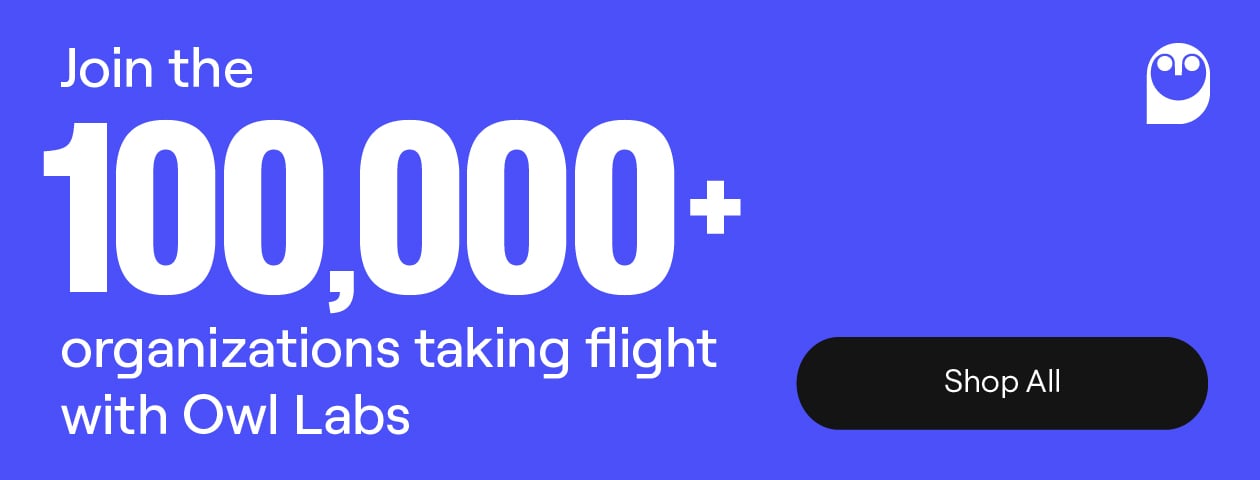In a world where flexibility reigns supreme, traditional notions of the nine-to-five grind are gradually giving way to a more fluid approach to work. Enter polyworking: the growing trend of working more than one full-time job simultaneously. Are people actually polyworking? Is polyworking here to stay? What exactly is polyworking? Let’s take a closer look.
Defining polyworking
Polyworking, at its core, is the art of juggling multiple jobs, projects, or roles concurrently. This could range from a simple side hustle to an additional full-time job. In the past, having a second source of income was often referred to as “moonlighting”. Unlike moonlighting, most polyworkers don’t just work in the evening but take advantage of hybrid and remote work schedules to tackle tasks from multiple jobs whenever possible. Instead of taking some downtime between tasks, like in-office workers often do, polyworkers simply transition to the next task, even if it’s for a different company. The result can be a more productive worker, though that productivity is spread out between multiple employers.
The rise of polyworking: Is it here to stay?
In recent years, the prevalence of polyworking has surged, driven by several key factors. The digital revolution has ushered in a new era of connectivity, enabling individuals to collaborate and communicate seamlessly across the globe. Moreover, the global shift towards remote and hybrid work arrangements has provided unprecedented flexibility, allowing workers to transcend traditional office constraints and embrace a more nomadic work style.
In the U.S. edition of the 2023 State of Hybrid Work, “...almost half (46%) of workers are “polyworking” with a side hustle or additional job, and a further 36% plan on starting one in the future.”
As the boundaries between work and life continue to blur, the appeal of polyworking is undeniable. For many, the ability to pursue multiple passions, diversify income streams, and maintain autonomy over their schedules represents the epitome of career fulfillment. The “grind” mentality has helped the gig economy to consistently grow, making it easier than ever for people to embrace the polyworking lifestyle.
The future of polyworking
So, what does the future hold for polyworking? As we gaze into the crystal ball, it's clear that this multifaceted approach to work is poised for continued growth and evolution. With advancements in technology enabling seamless collaboration and remote connectivity, polyworking is set to become an increasingly mainstream phenomenon.
While many people are finding value in polyworking, it isn’t necessarily a good thing. The idea of achieving a work/life balance is an important one to a lot of people, and having more than one job is an easy way to upset that balance. Polyworkers need to be honest with themselves about what a reasonable workload means to them so they avoid spreading themselves too thin and burning out.
As the workforce continues to evolve and adapt to the demands of the digital age, polyworking is likely to remain a prominent feature of the modern work landscape. By embracing flexibility, autonomy, and creativity, polyworkers are redefining the boundaries of traditional employment and forging new pathways to success.
Whether it's pursuing passion projects, exploring new career avenues, or embracing a portfolio career, polyworking empowers individuals to craft a professional journey that is as unique as they are. As we embrace the dawn of a new era in work culture, one thing is certain: the future belongs to the polyworkers.
%20(1).png)
Better meetings start here
From huddle rooms to boardrooms and everything in between, we’ve got you covered with solutions that take teamwork to the next level.
Shop Solutions